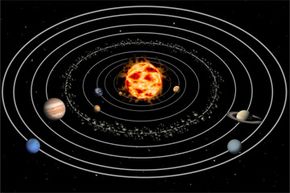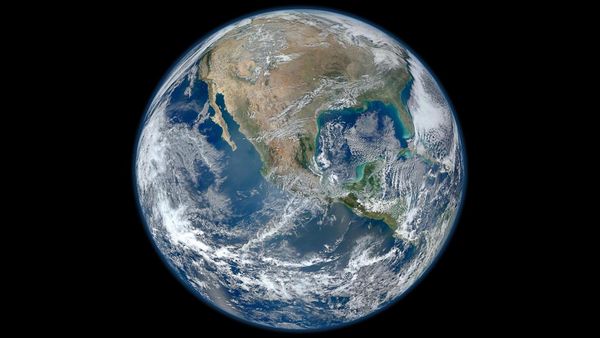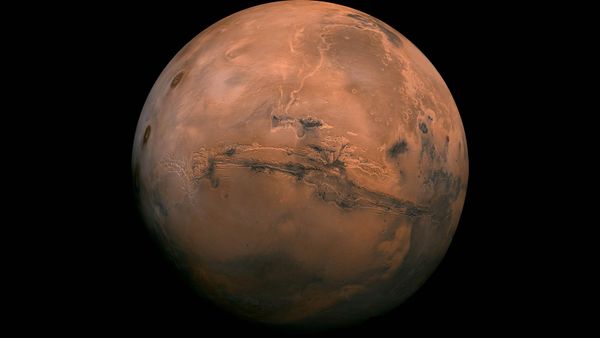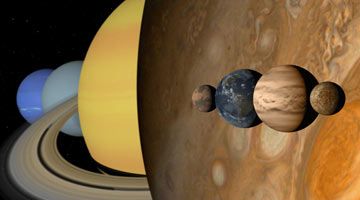Fair warning: If you raise exasperated eyebrows whenever someone mentions the "Butterfly Effect," then you might want to stop reading now. If, however, you like to prod the black, mysterious underbelly of the universe to see what happens, then please continue.
We all know the planets of the solar system revolve around the sun in a calm, orderly fashion. In fact, the planets move with such clockwork precision that astronomers can calculate orbital characteristics -- transits, eclipses, alignments -- with certainty. Want a list of solar eclipses for the next 10,000 years? No problem.
Advertisement
Now let's say you want to look further into the future -- not thousands of years, but billions. How do those dusty astronomical tables hold up then? Not so well, if you take into account the principles of chaos theory. Chaos theory says that small inputs in an enormously complex system can produce large-scale outputs. This is the aforementioned butterfly effect: When a butterfly flaps its wings in South America, a thunderstorm can develop a few continents away -- over Brisbane, Australia, let's say. Some scientists now propose that the evolution of the solar system may adhere to chaos theory and that, way, way, way into the future, Earth could collide with either Venus or Mars.
The scientists who made this proposal in a 2009 issue of Nature -- Jacques Laskar and Mickaël Gastineau -- were working at the Paris Observatory. But the scientists didn't use any of the observatory's telescopes to generate their data. Instead, they hovered over computers, including the JADE supercomputer located at Centre Informatique National de l'Enseignement Supérieur, or CINES (National Computing Center for Higher Education and Research).
All of that computing power might seem like overkill, a scientist's version of a muscle car, until you realize what they were trying to calculate. It has to do with Newton's universal law of gravitation.
Remember how Sir Isaac told us that a universal force of gravitation exists between any two objects? This force is directly proportional to the masses of the objects and inversely proportional to the square of the distance separating them. He then proposed that the sun's gravity is what holds the planets in their orbits. But, according to Newton's own law, the planets and all of the other objects in the solar system, including moons and asteroids, must also work a little gravity magic on each other. Could the complex interplay of those forces cause the stability of the solar system to degrade over time? In the short term, no. Even over longer periods, astronomers generally believed that the solar system would remain stable.
Then, a few crazy cosmologists began to wonder if chaos theory applied to planetary orbits. If so, small changes in planetary movements could get magnified over time into something substantial. But how long would it take? Thousands of years? Millions? Billions?
Advertisement




